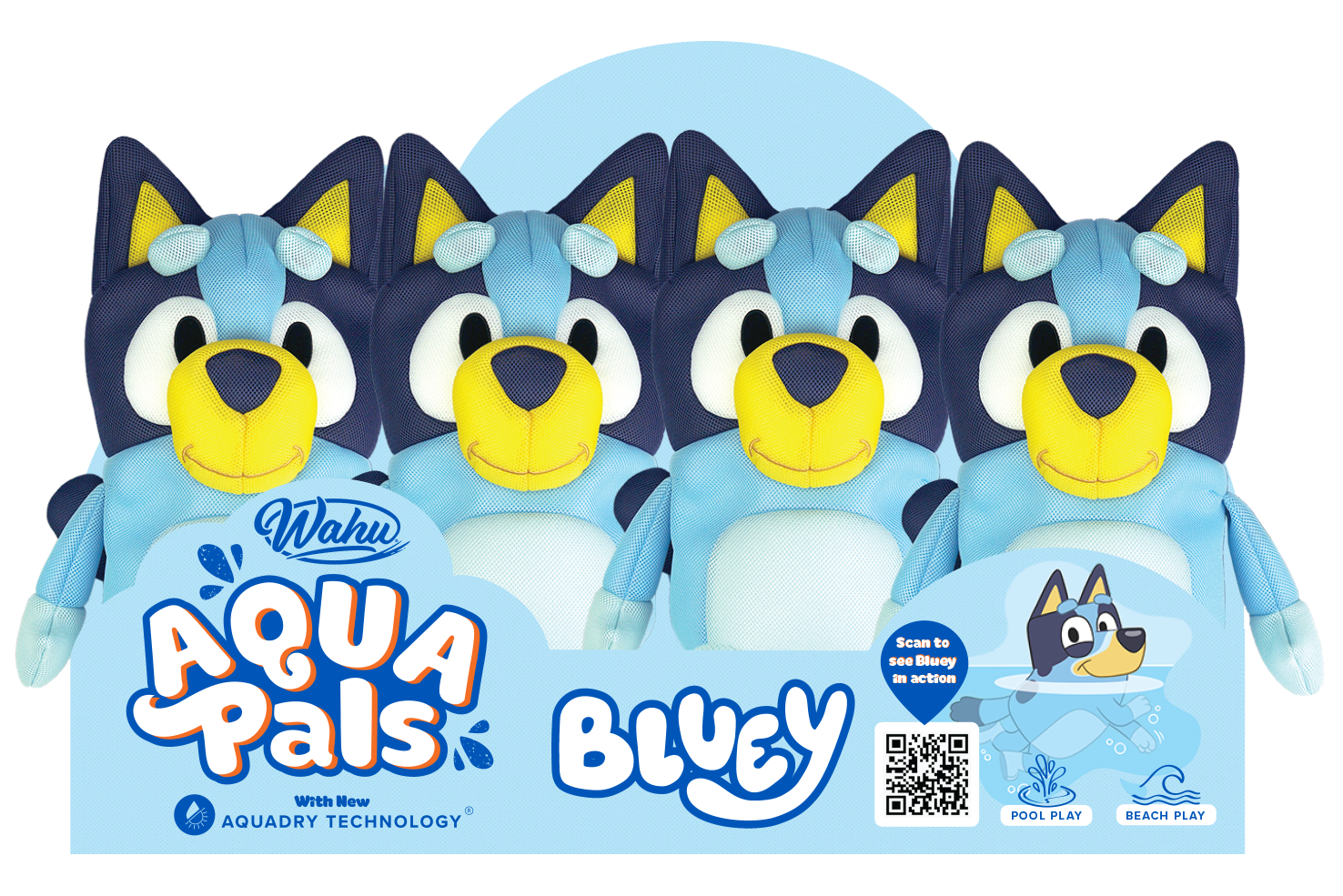Working with Global licensors
We can now brag that we’ve worked with Mickey Mouse, Peppa Pig and Optimus Prime.
What were the key learnings from working on a mass market toy-packaging job with global licensors including Disney, Hasbro, Pixar, Star Wars, Bluey and CocoMelon?
→ You need to gather the right team from the beginning.
→ Accept that revisions are part of mass market design simply because there are more players.
→ Surprises will pop up along the way - get ready to be agile.
→ Start designing with spare room for legals and warnings.
→ recognise the goal - it’s not to create your dream design. you need to communicate what the product is to the consumer, while adhering to the terms of licensed agreements.
A quick over view of the brief.
Our client, Wahu Australia, a subsidiary company of Crown and Andrews engaged Rather Design to produce:
→ A vertical brand in ‘lock-up’ style, incorporating the Wahu logo and the new brand, Aqua Pals.
→ Accompanying brand guidelines for European and US offices of Crown and Andrews to use.
→ Packaging suite with 3 sizes, small (swing tags), medium (cardboard box) and CDU (Cardboard display for 12 toys.)
→ Character Illustration, we contracted Leigh Hedstrom.
→ Shopify website.
→ Social and email marketing collateral.
Where we started
After the branding stage where we followed our standard process for brand development, working closely with Wahu’s marketing and R&D team, we started on packaging.
The first licences character to roll out was Bluey.
With packaging die-lines for the boxes sent to use from China, the laser cut sie-line for the swing tag was designed to match the cloud shape of the logo.
We settled on a simple dot mesh background that could work with any brand, character or license.
Mass Market toy packaging is not a creative free-for-all. While you can go nuts with the fun parts of the design, the following parameters ultimately dictate the limits.
→ The brand guidelines of the licensor, i.e. Bluey, often override the brand guidelines for the licensee, i.e. Wahu.
→ Safety and warnings and global recycling and disposal - there are a lot to fit, and more seem to pop up all the time.
The Approval Process
All designs were submitted to the licensors (Disney, BBC) for approval. There could be up to 20 rounds of revisions involving tiny tweaks to the illustrated characters, the order in which logos, warnings and copyright lines are displayed, and international translations of the copy. Tara started her career on a Disney licensed publication, so it was great to be on calls and working back and forth with that team.
After design approval, we performed press checks on all the packaging files which were going into production in Australia and Europe for ‘Wave 1’ of toys.
This is basically a checklist we go through to check the colour profile of every swatch, check that links in our Illustrator files are secure, layers are tidy and bleed in place.
With 2 PMS colours per file, there were some high-level design tricks to get all the colour to print in the correct order. We worked directly with the factory in China regarding print.
Samples then come back from China and are also sent to licensors for a final round of approval.
Delivery and post-delivery
Hitting the ‘send’ button on mass production files is certainly the most daunting aspect of what we do. To pretend you can execute this kind of work on one’s own would be a lie.
Working as an annex team to the Wahu marketing team and CEO, it took Tim as web developer, Tara as creative director of brand and packaging, Judy as design assistant, Leigh on illustration, and Crystal on admin to make it all happen, along with teams within the licensor companies and printers.
To Market
As always there’s nothing like seeing the product go to market. While all this had been happening, we’d been building a website that had to be almost ready - the last part of this job was getting the product photographed and loaded into the site, Incredible to think that just a year later, this is something we could have done with AI which was just coming out the gates.
Leading into Christmas there was additional POS int he form of large, branded, cardboard bins to sell the large size of the toy, and Christmas web banners for stores like Big W.







